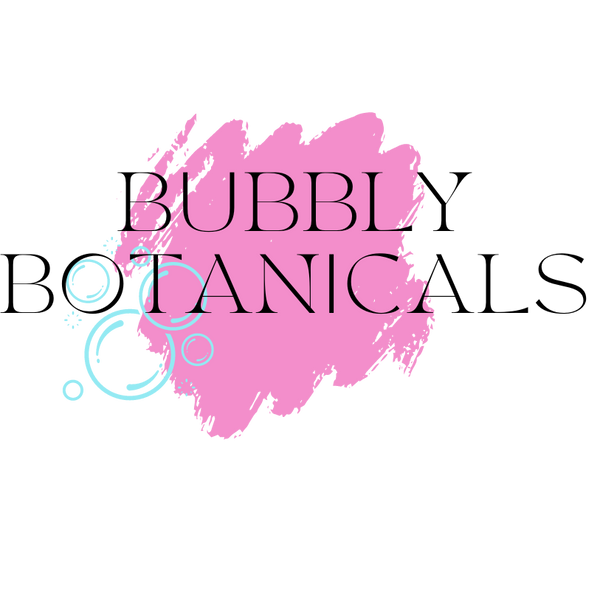
Do You Know What’s in That Fragrance? The Hidden Dangers of Phthalates
Share
We all love a good scent. Whether it’s the sweet vanilla of your favorite lotion, the fresh burst of your go-to body spray, or the comforting aroma of a candle flickering in your living room—fragrance has a way of stirring memories and emotions like nothing else.
But have you ever turned over the bottle and tried to find out what’s actually in that fragrance?
Spoiler alert: You probably won’t find much.
That’s because “fragrance” on a label is often a catch-all term. Companies aren’t required to disclose the individual ingredients due to trade secret protections. But here’s the problem: one of the most common hidden ingredients in synthetic fragrances is phthalates—and they’re not as harmless as they seem.
What Are Phthalates?
Phthalates (pronounced THAL-ates) are a group of chemicals used to make plastics flexible and harder to break. In cosmetics and personal care products, phthalates are used to make scents last longer and cling to skin, hair, or fabric. Think of them as the glue that holds the fragrance together so it doesn’t fade after five minutes.
You’ll most commonly find them in:
- Perfumes and colognes
- Lotions and creams
- Body sprays and deodorants
- Hair products
- Air fresheners and candles
- Even some “unscented” products (sneaky, right?)
Why Are Phthalates a Problem?
Phthalates are known endocrine disruptors, which means they can interfere with the body’s hormone systems. Your hormones control everything from metabolism and mood to fertility and development. Disrupting them? Not something to take lightly.
Studies have linked phthalate exposure to:
- Reproductive issues in both men and women
- Hormonal imbalances
- Increased risk of asthma and allergies in children
- Developmental issues in babies and fetuses
- Weight gain and insulin resistance
Some phthalates have even been classified as “probable human carcinogens.”
And here’s the kicker: exposure isn’t just from what you put on your skin. You can also breathe them in or absorb them through contact with everyday objects that contain these chemicals. They’re in vinyl flooring, shower curtains, food packaging, and yes—your favorite body mist.
The Fragrance Loophole
If phthalates are so risky, why are they still being used?
That’s where the “fragrance loophole” comes in. Under U.S. law, companies don’t have to disclose what’s in their fragrance mixtures. A single “fragrance” can contain dozens—sometimes hundreds—of chemicals, including phthalates. And most people have no idea.
The FDA does not require pre-market safety testing for cosmetics. And while Europe has banned several types of phthalates from personal care products, the U.S. is still playing catch-up.
What You Can Do
You don’t have to toss every product you own, but being an informed consumer is powerful. Here are some steps you can take to reduce your exposure:
1. Read labels carefully.
Look for products labeled “phthalate-free” or “no synthetic fragrance.” But be wary—some brands use greenwashing tactics. “Fragrance-free” doesn’t always mean free of harmful chemicals.
2. Choose products with full transparency.
Smaller, ethical brands (like us!) are often more upfront about what goes into their products. We use essential oils and phthalate-free fragrance oils, and we list every ingredient. No secrets here.
3. Switch to natural scents.
Essential oils can provide beautiful, complex scents without the health risks. While they still need to be used with care (especially for sensitive skin or children), they’re a much safer alternative to synthetic fragrance loaded with phthalates.
4. Support stricter regulations.
Voice your support for safer personal care product laws. The more consumers push for change, the more likely it is to happen.
5. Educate others.
This stuff isn’t common knowledge, and the more we talk about it, the more people can make better choices for themselves and their families.
So… What’s in
Your
Fragrance?
If you’ve never thought about it before, don’t feel bad—most of us haven’t. But now that you know, you get to choose what you bring into your home and put on your body. We believe you deserve to enjoy delicious, luxurious scents without having to worry about hormone disruptors or hidden toxins.
That’s why we make everything with phthalate-free ingredients and complete transparency. No sneaky chemicals and no compromises. Just clean, safe, handcrafted goodness.
So next time you spritz, slather, or soak—ask yourself:
Do you really know what’s in that fragrance?
